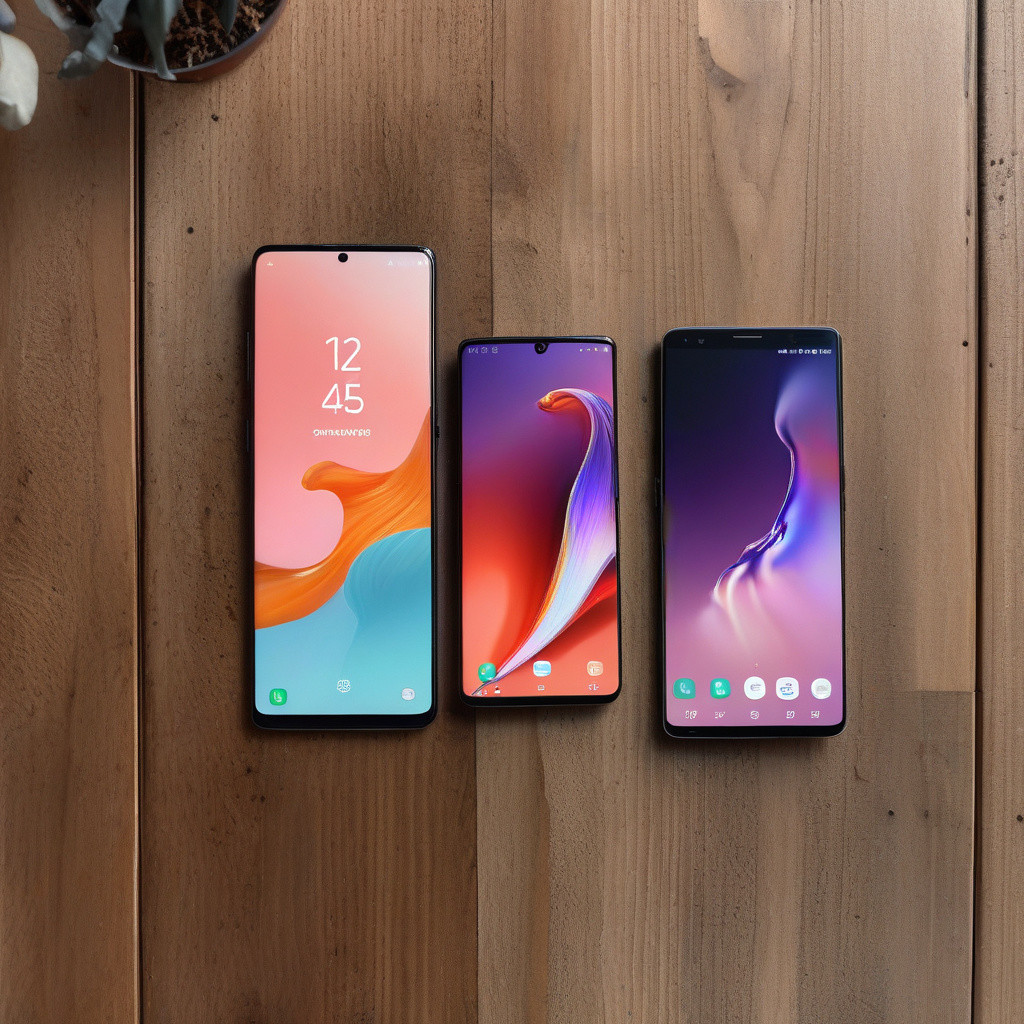In the ever-evolving world of flagship smartphones, the battle between the Samsung Galaxy S25 Ultra and the OnePlus 13 is fiercer than ever. Both devices offer cutting-edge hardware and feature-packed software, but they differ in crucial aspects that could make all the difference for potential buyers.
Battery & Charging
The OnePlus 13 outshines the S25 Ultra in battery performance, boasting a massive 6000mAh battery that delivers exceptional endurance. With rapid 100W wired charging that tops up the phone from 0 to 100% in just 36 minutes, and 50W wireless charging that is twice as fast as the S25 Ultra, quick refueling is a strong suit for the OnePlus 13.
On the other hand, the S25 Ultra, with its 5000mAh battery and standard charging speeds, can’t match the raw power and charging speeds of its competitor. If battery life and fast charging are crucial to you, the OnePlus 13 emerges as the clear winner.
Display
The OnePlus 13 features a stunning 6.82-inch LTPO 4.1 OLED display with exceptional brightness and sharpness. It also incorporates advanced touch features like Aqua Touch 2.0 for usability in wet conditions.
In contrast, the S25 Ultra boasts a 6.9-inch AMOLED display with upgraded Corning Gorilla Armor 2 for superior scratch and impact resistance. Its anti-reflective coating significantly reduces glare, offering unmatched outdoor visibility. For multimedia enthusiasts, the S25 Ultra’s refined display experience sets the standard in its class.
Cameras
Both phones offer powerful camera setups with distinct approaches. The S25 Ultra maintains its impressive 200Mp main sensor and dual telephoto lenses, delivering excellent results with improved skin tones and enhanced video recording capabilities. However, its 3x telephoto sensor shows limitations in low-light conditions.
On the other hand, the OnePlus 13 features three 50Mp sensors enhanced by a fifth-generation Hasselblad system, providing superior contrast and dramatic images. With the ability to shoot 4K Dolby Vision across all cameras and impressive low-light performance, the OnePlus 13 presents a formidable challenge. Professionals will appreciate its seamless 4K HDR video transitions between lenses.
Other Differences
While both devices are powered by the Snapdragon 8 Elite chipset, the OnePlus 13 excels in managing heat with its dual vapour chambers, making it ideal for prolonged gaming sessions. Additionally, its microfibre vegan leather back offers comfort and resistance to smudges, and its IP69 rating provides superior water resistance.
On the other hand, the S25 Ultra boasts a premium titanium frame, Corning Gorilla Armor 2 protection, and support for the S Pen stylus. Samsung’s OneUI 7 skin offers a feature-rich experience, while OnePlus’ OxygenOS 15 provides simplicity and speed. Samsung guarantees seven years of OS and security updates compared to OnePlus’ four years of OS support and six years of security updates.
Price & Availability
The OnePlus 13 is more budget-friendly, starting at £899/$899 for the 256GB model. In contrast, the S25 Ultra starts at £1249/$1299 for the 256GB variant, offering a range of storage options and premium features at a higher price point. Both phones are available for purchase outright or through carrier partnerships, with Samsung offering more flexible financing options.
Verdict
Ultimately, the choice between the Samsung Galaxy S25 Ultra and the OnePlus 13 boils down to your priorities. If you value display quality, ecosystem features, and long-term software support, the S25 Ultra is a solid choice. However, if you prioritize battery life, fast charging, cooling efficiency, and value for money, the OnePlus 13 emerges as the winner. Depending on whether you prioritize performance and efficiency or a premium build and ecosystem integration, your ideal flagship phone may vary.

